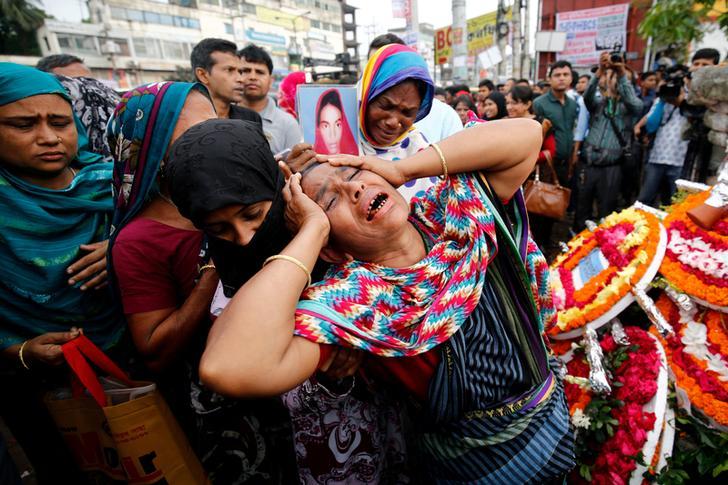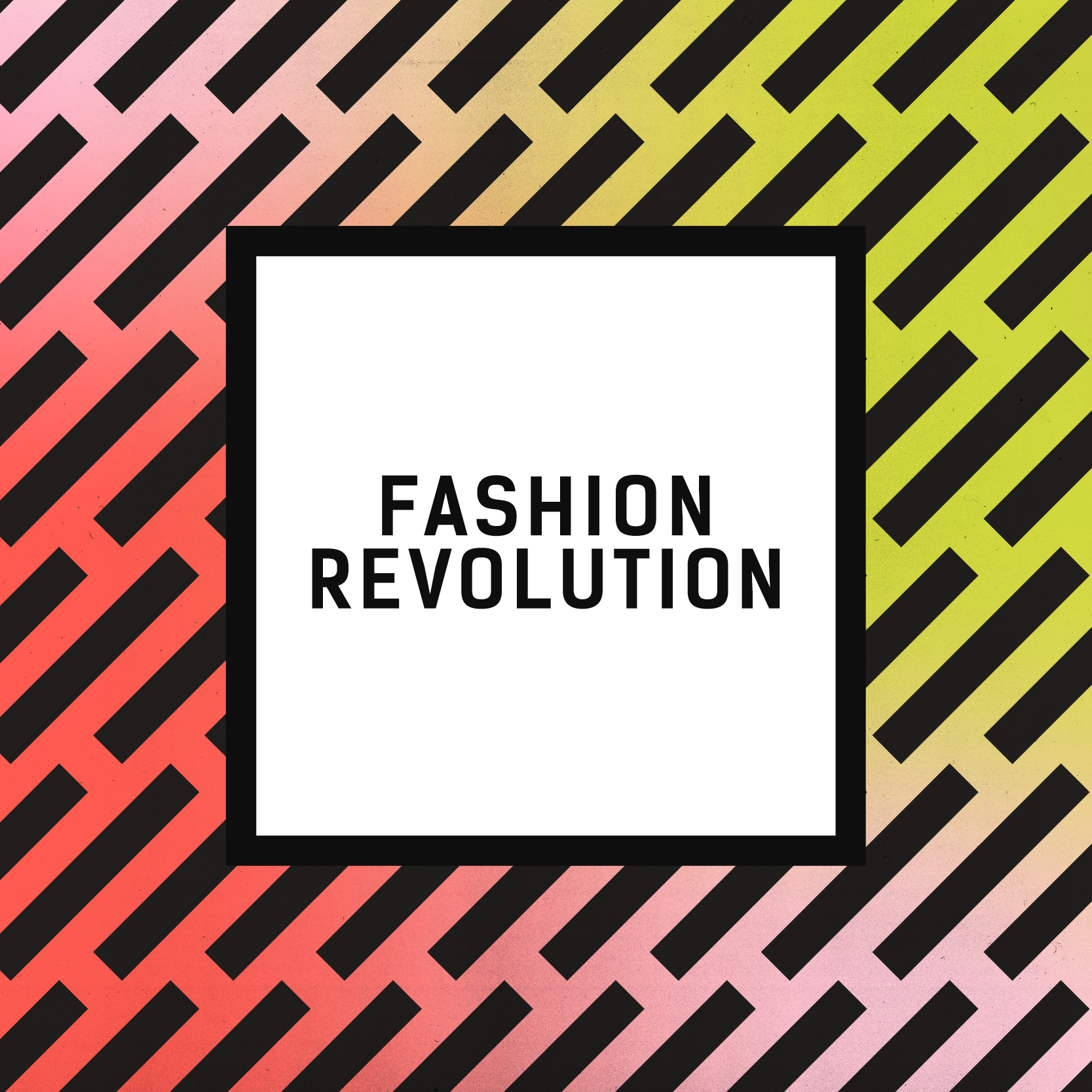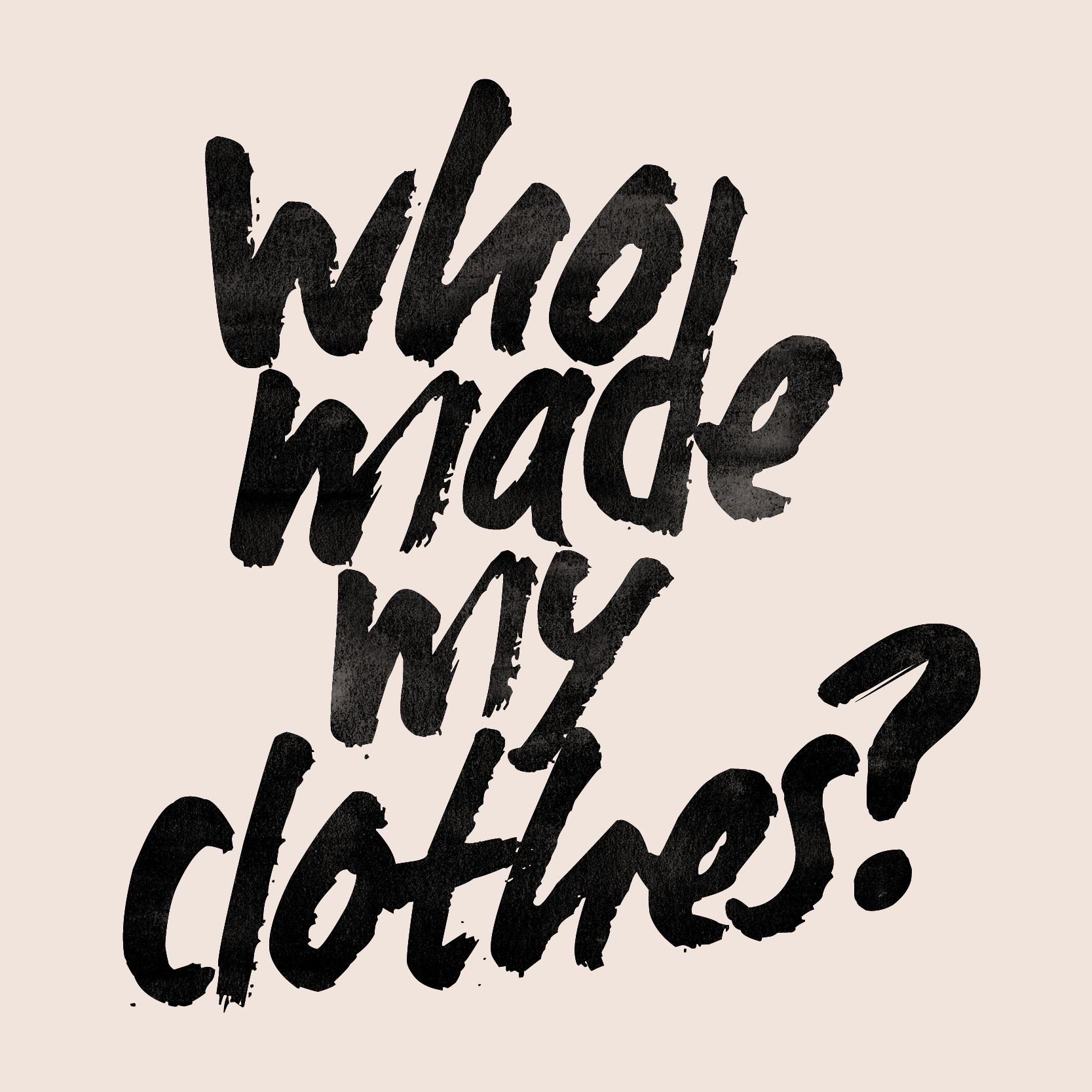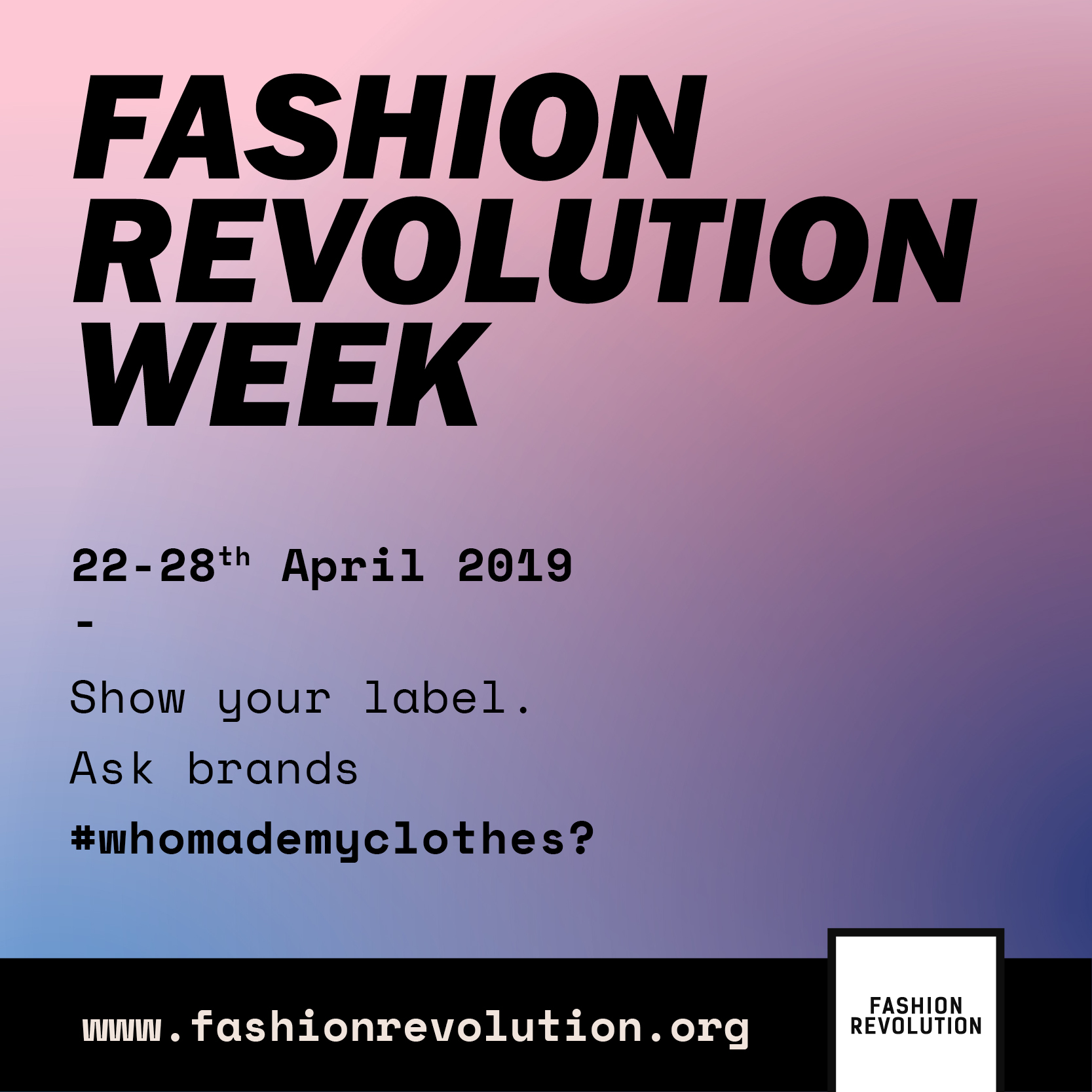It's been 6 years since the Rana Plaza collapse: What Have We Learned?
PHOTO: Inspectors found cracks in the building’s structure the day before it collapsed, local news reports said. Credit: A.M. Ahad/Associated Press
It happened at 8:57 BST on the morning of April 24, 2013, and is considered the deadliest structural failure in history. The eight-story Rana Plaza building in the Savar Upazila of Dhaka District, Bangladesh collapsed, killing 1,134 and injuring 2,500.
Rana Plaza housed clothing factories, a bank, apartments and various shops. Cracks appeared in the building the day before the collapse and the building was evacuated. However, the garment workers were ordered to go back to work the next day. Over 3,000 workers were in the building when it came down.
Never intended for factories, the building’s upper floors had been designed without a permit, and were not strong enough to support the heavy machinery required for the work being done. Most of the victims were women, and many of them had children in the building’s nursery when the disaster occurred.
PHOTO: Relatives of victims killed in Rana Plaza building collapse in 2013, mourn at the site during the fourth anniversary of the collapse in Savar, on the outskirt of Dhaka, Bangladesh, April 24, 2017. © 2017 Reuters / Mohammad Ponir Hossain
The catastrophic events at Rana Plaza led to arrests and worker protests but, according to a report from the Penn State Center for Global Workers’ Rights released in March 2018, the treatment of workers in Bangladesh has not shown much advancement. The report does state that building safety is one area where big changes have been made, thanks to the Accord on Fire and Building Safety, with conditions being improved for more than 2.5 million garment workers. Upgrades have eliminated more than 97,000 hazards in more than 1,600 factories. However, wages, overtime hours and work intensity have failed to show much improvement due to the sourcing practices of global brands and retailers.
In fact, in January 2019, it was reported that 5,000 workers were fired for demanding an increase in wages and benefits. The president of the Bangladesh Garment Manufacturers and Exporters Association claims that those fired were engaged in looting and vandalism, but Kalpona Akter of the Bangladesh Center for Worker Solidarity disagrees. He believes the charges were manufactured.
In this Wednesday, Jan. 9, 2019 file photo, Bangladeshi garment workers vandalize a vehicle during a protest in Savar, on the outskirts of Dhaka, Bangladesh. Kalpona Akter of the Bangladesh Center for Worker Solidarity said Thursday, Jan. 31, that more than 5,000 garment workers demanding wage hikes have been laid off while hundreds of them are facing police charges in the world’s second-largest garment export industry. She said the firings came after thousands of workers took to the streets earlier this month in and around Dhaka, the nation’s capital. (AP Photo)
While reports like these are disheartening, there is hope for a better future. One organization is bringing together people around the world to change culture’s mindset about the workers who make our clothes.
Fashion Revolution is a global organization that looks to change the nature of the fashion industry so that disasters like Rana Plaza never happen again.
Calling themselves “pro-fashion protestors,” its members explain on the website:
“We celebrate fashion as a positive influence while also scrutinizing industry practices and raising awareness of the fashion industry’s most pressing issues. We aim to show that change is possible and encourage those who are on a journey to create a more ethical and sustainable future for fashion.”
Fashion Revolution was created the day of the Rana Plaza collapse and has continued to promote Fashion Revolution week, which falls on April 22-28 in 2019. April 24 is recognized as Fashion Revolution Day in memory of the catastrophe.
Fashion Revolution calls on both brands and individuals to be a part of the revolution through the #imadeyourclothes and #whomademyclothes campaigns during Fashion Revolution Week.
Supply chain transparency is an important component of #imadeyourclothes. Brands are encouraged to use social media to show the faces of those who make clothes and accessories, and to tell their stories with the hastag, #imadeyourclothes. Brands are also encouraged to publish their list of suppliers; institute an ethical code of conduct; monitor, evaluate and report on the social and environmental impact across the supply chain; report wages publicly and help consumers better understand where their money is going.
Individuals like you and I can join the Fashion Revolution by taking a photo of our clothing labels and asking the brand #whomademyclothes? The website provides an email template that can be used to request that brands increase their supply-chain transparency. There are also Twitter and Instagram templates that can be utilized. Posters are available for download that you can use with your selfies, and there are spreadsheets listing the Twitter, Facebook and Instagram names of all major brands. If you are looking for even more you can do, Fashion Revolution provides information on how to share the message via social media, how to refresh your wardrobe without buying new clothes, how to write postcards to policymakers and how to write letters to a brand. There are educational resources for all ages!
PHOTO: Students at SoFa Design Institute, Philippines
It has been six years since the horrible disaster at Rana Plaza, and in that time some, but not enough, progress has been made in ensuring the safety and dignity of workers in the garment industry. Visit the Fashion Revolution website, become informed and take advantage of what it offers. Embrace the Fashion Revolution manifesto:
“We are Fashion Revolution. We are designers, producers, makers, workers and consumers. We are academics, writers, business leaders, brands, retailers, trade unions and policymakers. We are the industry and the public. We are world citizens. We are a movement and a community. We are you. We love fashion. But we don’t want our clothes to exploit people or destroy our planet. We demand radical, revolutionary change. This is our dream…”
It’s time to rise up and become a part of the fashion revolution!
About the Author
Jeanette Bouchie is an adult services librarian at the Vigo County Public Library, where she has worked for 18 years. She is also a freelance writer and is thrilled to have the opportunity to work with Dressember to increase awareness of human trafficking. She also enjoys reading, tap dancing, traveling, getting dressed up, and attending the occasional comic con.









